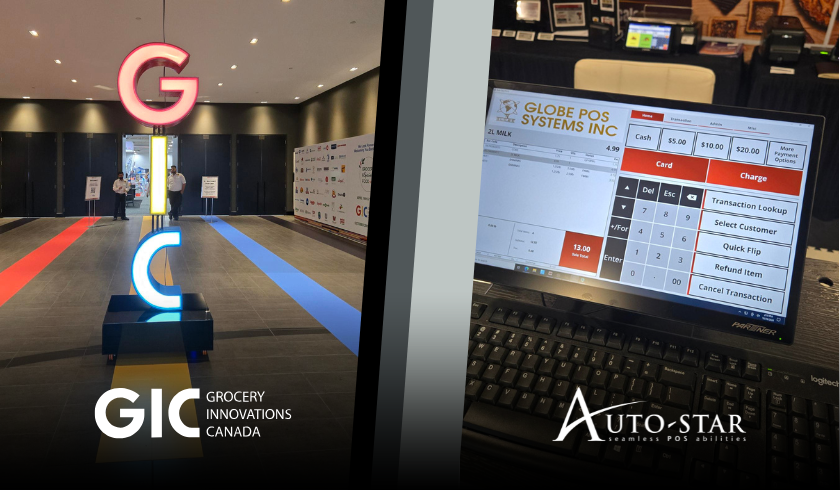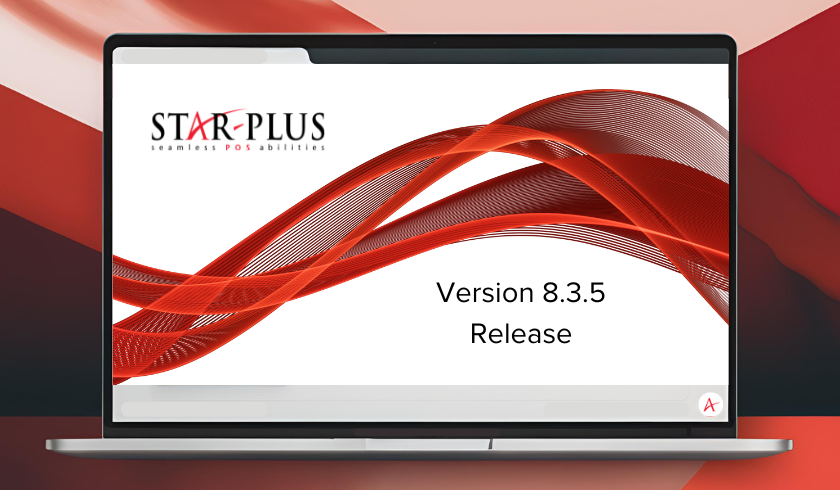The Retailer’s Guide to Liquidating Inventory For Maximum Profit
Inventory is one of the cornerstones of any retail business. It’s also a retailer’s single biggest expense, and managing it efficiently is crucial for success. The March 2022 manufacturing and trade statistics from the U.S. Census Bureau reveal that for every dollar a retail business makes in sales, they have $1.27 in inventory still on their shelves. The costs associated with inventory impact pricing, purchasing, and stocking decisions, so it’s essential to understand them.
Inventory costs include more than just the wholesale price of the products themselves. Besides purchase costs, retailers must also factor in:
- Ordering costs: These include the shipping and labor costs of buying and receiving items.
- Holding costs: These include the overhead costs of warehouse space and labor costs for inventory counts and stocking.
One way to keep inventory costs low is to increase the turnover rate. Products sitting on your shelves are tied-up capital that you can’t re-invest back into your business. You need to keep it moving quickly to free up that capital and reduce the costs of storing it. The longer you hold onto inventory, the lower your profits will be as the holding costs mount. Often, liquidating inventory in a timely manner is the best option for preserving the highest possible profit margin, and inventory management software is an essential tool in this process.
Keep an Eye on Inventory in All Seasons
Smart forecasting and purchasing can help keep a lid on surplus inventory. It’s vital to monitor inventory data to keep a finger on the pulse of what’s selling and what trends may have passed with each season. Analyzing historical data from your inventory management software enables you to identify patterns at your store and forecast demand in your market. You’ll understand your business at a granular level, learning how many of each type of item will prevent stock outages (and disappointed customers) but not result in excess inventory. You can then work with suppliers and vendors to find that sweet spot between under-and overstocking.
However, nearly every retailer has merchandise that changes with the seasons or when the next latest and greatest thing is introduced (such as the newest seasonal trend such as back to school or valentines day). Seasonal shifts include candy canes and hot cocoa vs. s’mores ingredients and lemonade in the grocery store; cold and flu medications vs. allergy meds and bug spray in the pharmacy; and winter dry-skin moisturizers vs. sunscreen and seasonal scents for soaps in health and beauty stores. Liquidating inventory may be necessary at the end of each season to clear space for what customers will be buying next.
How to Liquidate Inventory
If you find that inventory is slow-moving, or you need a refresh for a new season, there are several strategies you can implement in your store:
- Marketing: Take a new approach and promote items more aggressively, featuring them on blogs and social media, to see if it makes a difference in sales. Good inventory management software will help you track changes and alert you to when to plan your marketing campaigns.
- Merchandising: In-store, are the products located in high-traffic areas and displayed in an attractive manner? Are the items located in a logical place from the buyer’s perspective? Online, can people find the items easily with the words they would typically use into search? Perhaps some new signage or a website refresh are in order.
- Discounts: Lowering prices can help move older stock. The trick is to find the optimal balance between a discount that is big enough to capture customers’ attention, but not so big that it obliterates any profit margin. Consider wrapping events around these discounts, such as a holiday weekend or flash sale, which can create a sense of urgency and activate customers’ fear of missing out on items. You can also liquidate multiple items — for example, getting rid of the last winter items in the spring.
- Bundles: Sell items together as a package deal, so you get rid of stock faster and the customer gets better pricing than if the items were purchased separately. Deals such as “buy one, get one (free or discounted)” can help clear out products that are nearing expiration dates, such as vitamins in a health store. You can also pair slow-moving items with popular ones to move them along.
- Giveaways: Offer slow-moving items as incentives: you can get people to sign up for a loyalty program or credit card or spend a certain amount of money to receive a free gift. Again, in-store signage and social media posts will help advertise these freebies.
Your strategies for liquidating inventory, if done well, can result in better customer experiences, increased loyalty, and repeat business. The customer spend that these approaches generate can make up for money lost on costs for the liquidated inventory.
Managing these strategies can easily be done using an advanced inventory module. With advanced reporting features and robust management software implementing these strategies has never been easier to do, with Star-Link this can all be managed from one headquarters.
Other Options for Liquidating Inventory
If your in-store strategies for liquidating inventory still leave you with excess, there are additional outside approaches to try:
- Use an online aggregator: Sell through Amazon Marketplace or eBay, for example.
- Try a liquidation company that buys surplus: They may give you a lower price that cancels any profits, but you will save on holding and management costs.
- Donate inventory for tax benefits — and good publicity: Again, what you lose in profit, you gain in cleared space and reduced inventory costs, plus the tax deduction for charitable donations. Promote your donation, too: letting your customers know that you are supporting local charities and your community will improve your brand image and increase consumers’ respect and loyalty.
Leverage Inventory Management Software to Avoid Having to Liquidate
A warehouse full of inventory that isn’t moving won’t help your business or your customers.
Thanks to inventory management software you can avoid having to liquidate inventory and minimize loss prevention. Reducing the amount of older products on your shelves that are more prone to getting lost, stolen, damaged, or outdated. With the right management tools, you can build a data-based strategy to forecast, purchase, and move inventory, delivering what customers want and need while maximizing revenue and profits.
Auto-Star has been an innovator in inventory management for more than three decades. Ensuring that small businesses can optimize their inventory and stock to keep cash flow even throughout the year. Visit our website to download our free eBook detailing the ways an inventory management system can improve your business. For a demo, a quote, or any questions, contact us today.












